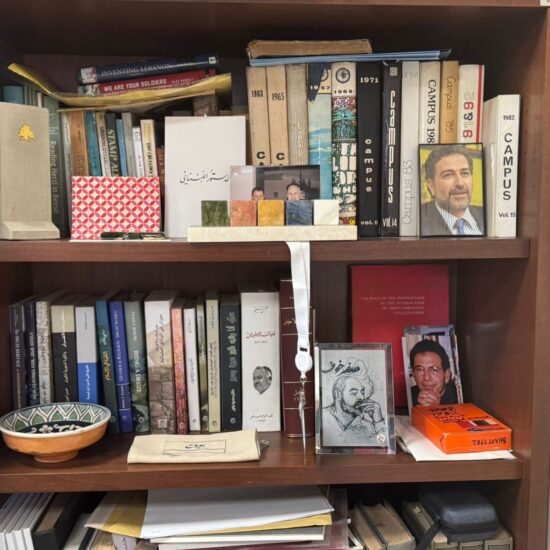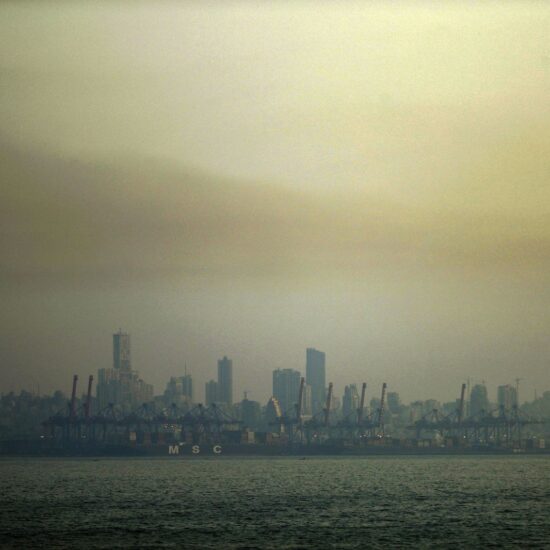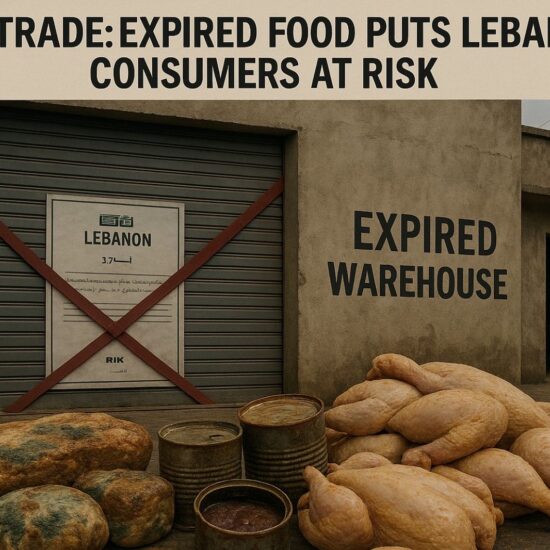
When the crisis hit in 2019, just as banks shut their doors to depositors, debt in the commercial banking sector stood at 38 billion USD. Out of that 38 billion, 32 billion were loans made to the corporate sector.
Banks generally make money by borrowing money from depositors and compensating them with a certain interest rate. The banks will then lend the money out to borrowers, charging the borrowers a higher interest rate and profiting off the interest rate spread. That is, in simple terms, how a bank makes money.
The depositors in the Lebanese banking sector, or rather the “Savers,” were people that worked in the services sector and had a bit more disposable income to put aside. Think doctors, lawyers, and such professionals. They saved up whether for their retirements, their children’s education, for an apartment, or for family holidays. The middle class, and especially the upper middle class, were the natural savers.
Surely the wealthy also possessed cash savings. However, the wealthy were also big borrowers from the system. Banks generally tend to lend more to the wealthy because of the lower risk of default on the loans and/or because the wealthy have more assets to put up as collateral for loans. Furthermore, if you were an ultra high net worth individual, it is probable that your money would have been parked in banks in Switzerland, the UK, or elsewhere abroad, rather than in Lebanon.
In Sept 2019, outstanding loans in foreign currency in Lebanese banks stood at 38 billion USD (figure cited from the central bank website). In June 2022, that figure dropped to 12.8 billion USD. What that means is that the debt paid back to commercial banks totaled 25.2 billion USD.
This would be a great number had this money been repaid back in real dollars, or, at best, at the current market dollar rate. But unfortunately, it wasn’t.
While the dollar hit 20,000 that money was being repaid back at the 1,500 or 3,800 exchange rates, or by way of cheque to the effect of 30% of the total loan. All in all, while it is very hard to figure out what loan was paid at what amount, it is noted on the statements of the central bank that the 25.2 billion USD was actually returned as 7.56 billion USD in real dollars.
The gap between 25.2 and 7.56 billion equals 17.64 billion USD.
That amount is the depositors’ money that evaporated in the process, and that’s what I refer to as the shift of wealth from the middle class to the wealthy. This is simply how the rich got richer.
Who lost the 17.6 billion? Primarily the upper middle class population with disposable income, and the order of professionals — such as the order of engineers which had its deposits in dollars, the order of Medical professionals, and most orders that had their savings in dollars.
The middle class not only lost their deposits and lifetime savings, but they are also highly likely to have lost their pension funds in one of those orders of labour too.
Who gained this 17.64 billion USD difference? It is estimated that 30 of the top Lebanese holding companies (note a holding company can have many companies under their umbrella) gained that money, as most of the corporate loans were extended to the top 30, in addition to PEPs (Politically Exposed Persons) who had borrowed from the banks in the names of their corporate bodies without any collateral to the bank. Generally, in the banking sector, 80% of corporate loans would always be lent out to the top 20-30 companies or conglomerates.
Hence what we see today is Lebanese companies that were overladen with debt in 2018-19 and in dire straits rise up from the ashes to a net profit position as they continue to sell abroad in dollars while their net debt positions had been reduced to zero. It is worth noting that the commercial banking sector has no corporate loans at the moment.
Most PEPs today also have their businesses abroad. They are returning revenue in dollars and have repaid their Lebanese foreign currency loan at a fraction of the money they borrowed. If you do the math, the average loan was returned at 30% to the dollar.
So why isn’t anyone revolting? It is said that the hungry don’t make revolutions — only those with much to lose start revolutions. The rich of Lebanon just got richer, so what do they have to lose, and what do they have to revolt against? The windfall that the nation gave them at the expense of the working class is the heist of the century.
Samara Azzi is a Lebanese investment banker. She can be reached on Twitter.
The opinions expressed are those of the author only and do not necessarily reflect the views of NOW.








